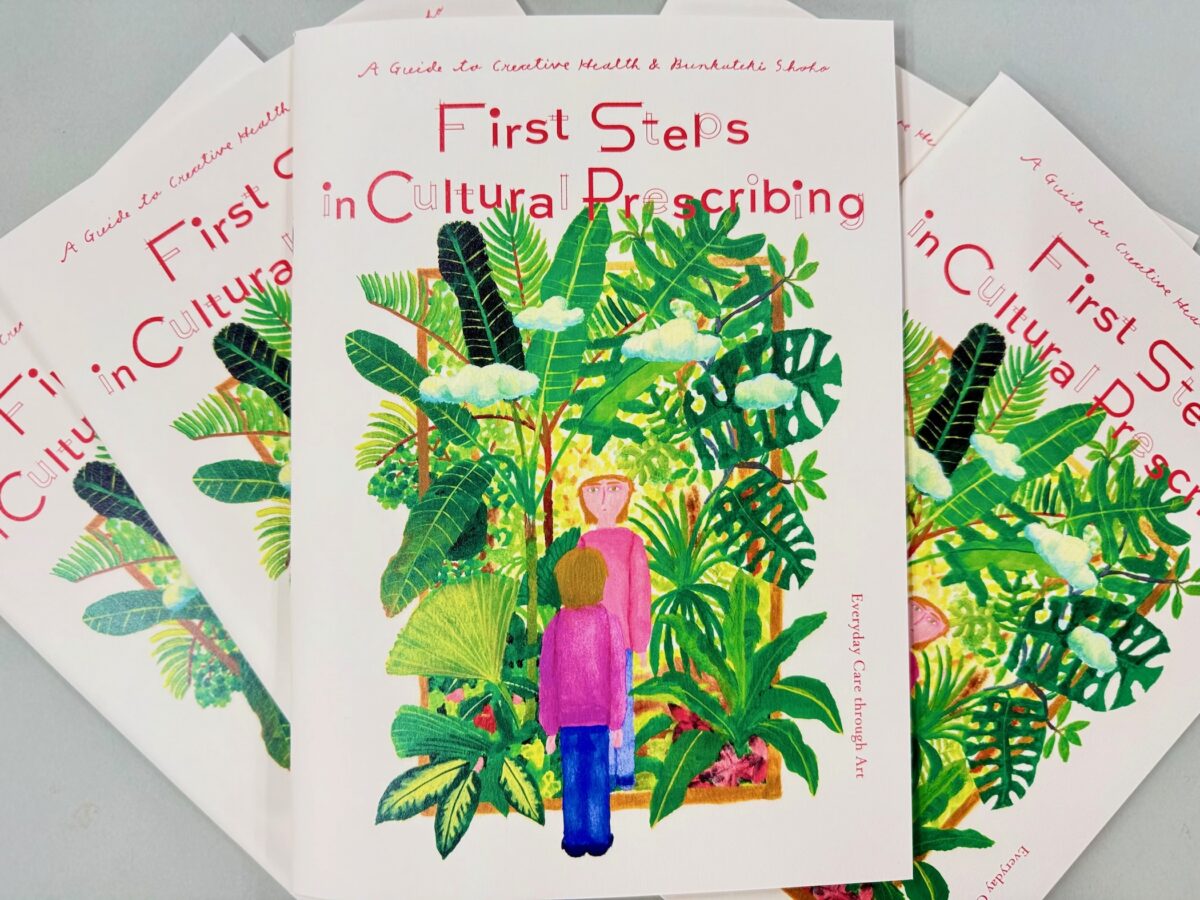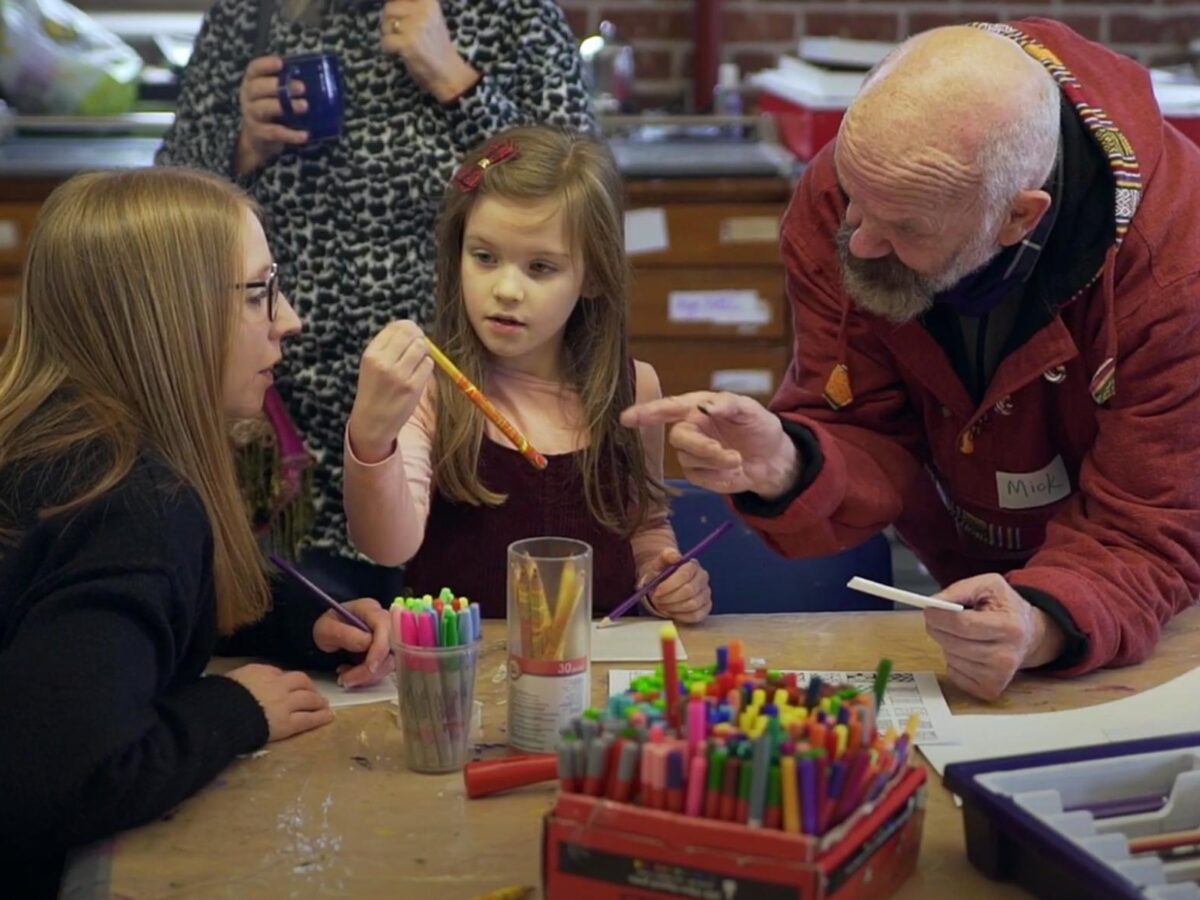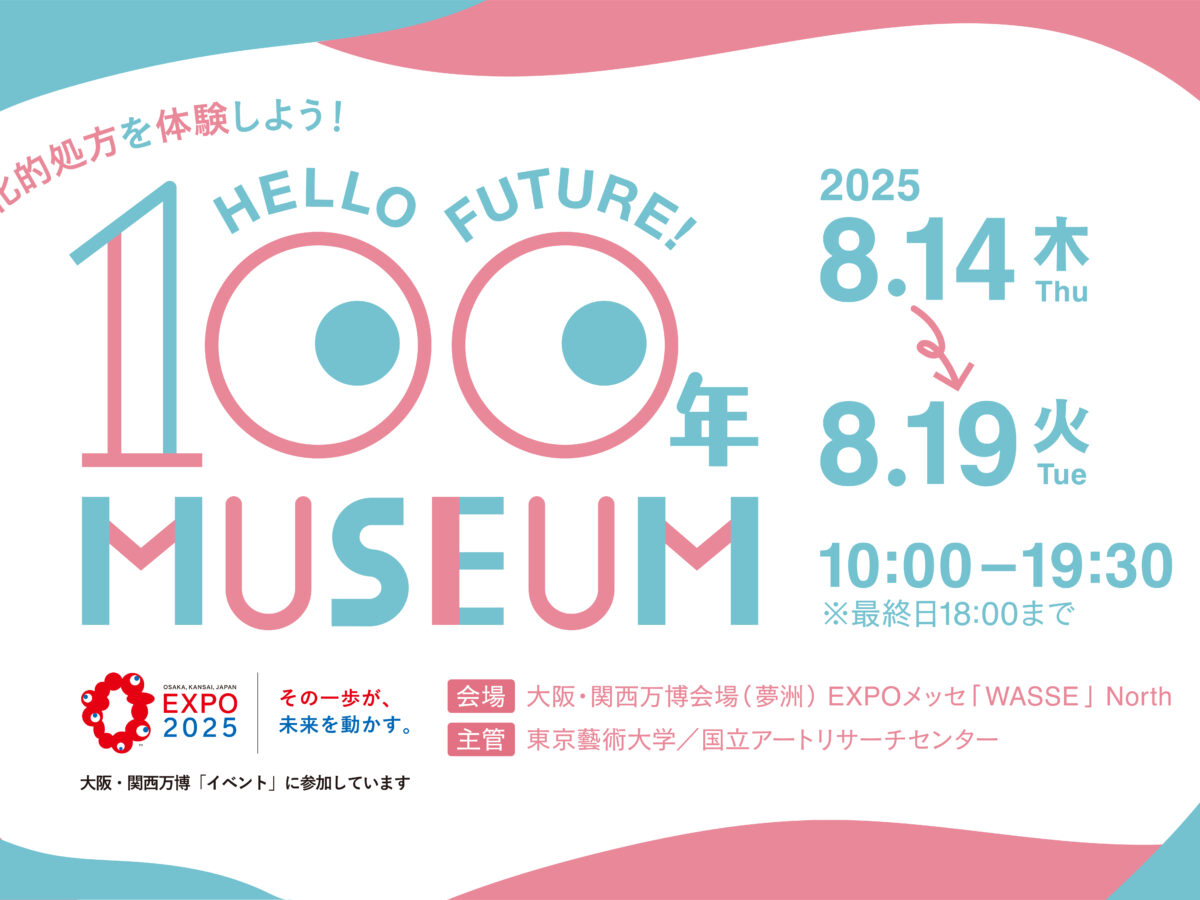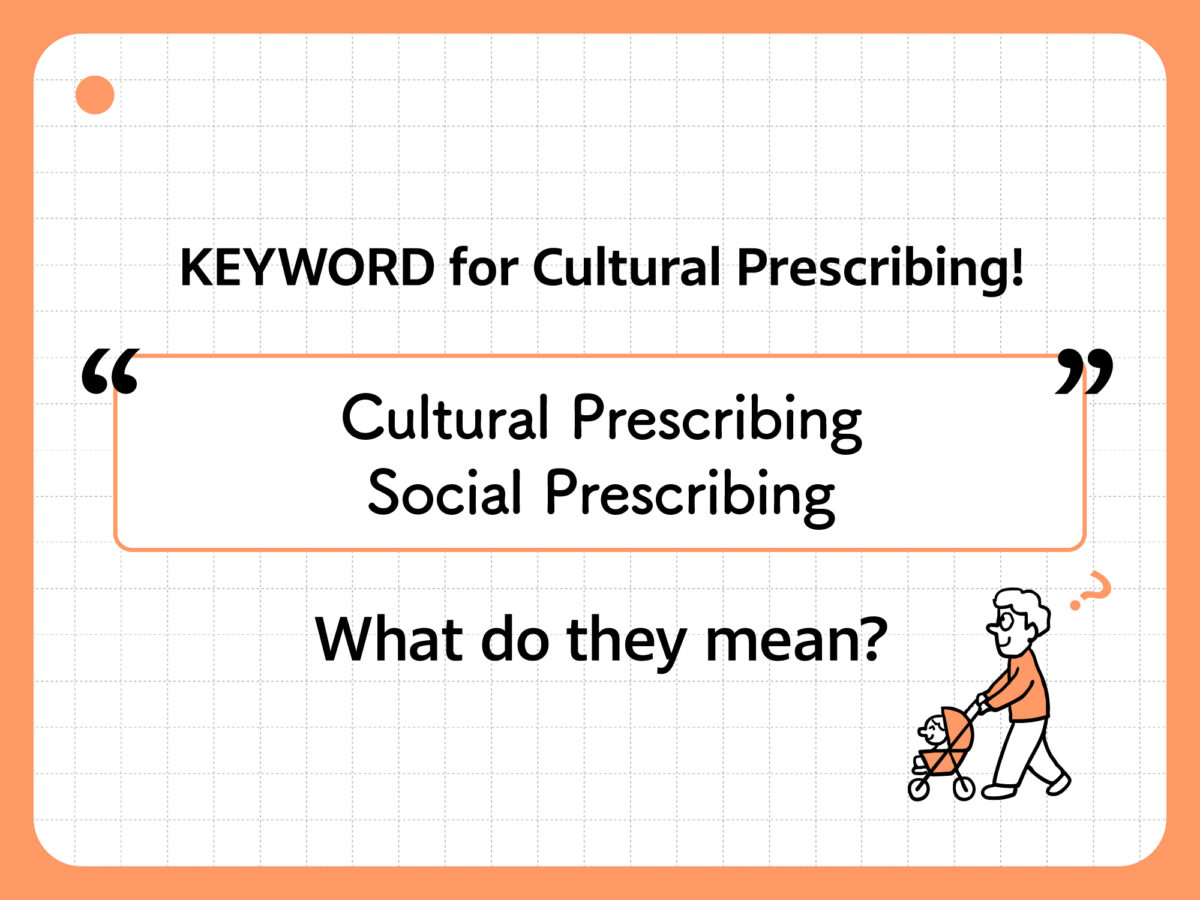 KEYWORD for Cultural Prescribing! "Cultural Prescribing and Social Prescribing" What do they mean?
KEYWORD for Cultural Prescribing! "Cultural Prescribing and Social Prescribing" What do they mean?“Creative Health” involves creative approaches and activities that have benefits for people’s health and wellbeing. In Greater Manchester, UK, it is also part of its approach to addressing health inequalities. This initiative sees cultural programmes, such as doctors prescribing creative activities or opera companies offering singing programmes to patients with respiratory conditions, becoming an integral part of health care. How did art come into the picture? Sawako Inaniwa, Senior Curator at National Arts Research Center, spoke with Julie McCarthy, who leads the Greater Manchester Creative Health Strategy, the first of its kind in the world, about the evolution from grassroots movements to local government policy, on-the-ground implementation, and future plans. This is the first part of our report.
目次
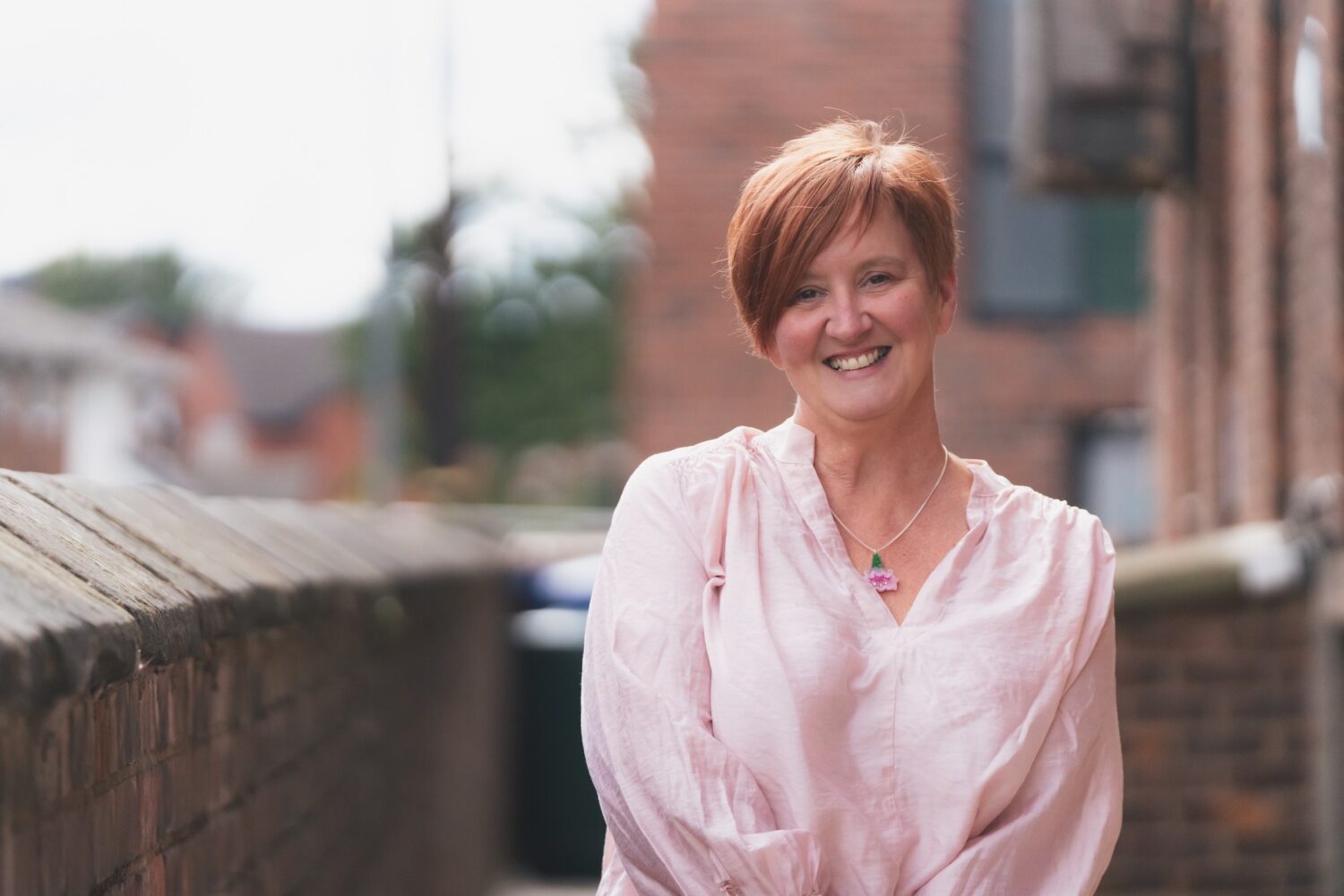
Drawing the Future of Health with Art
Inaniwa Julie, you’re currently leading the charge for “Creative Health” In Greater Manchester. Could you start by telling us about your work and your role?
McCarthy My job title is Creative Health Strategic Lead, which is quite an unusual title even in the UK. I work across two organizations: the Greater Manchester Combined Authority (GMCA), which is local government, and NHS Greater Manchester (NHS GM), an integrated health and social system.
Let me give you an overview of Greater Manchester. It has a population of 2.95 million and is one of the most densely populated regions in the UK. Manchester is our largest city, but the region is made up of 10 localities with a very diverse population
The residents of Greater Manchester experience some of the highest levels of health inequalities in the country. These inequalities are avoidable differences in access to health care and in health outcomes, and are caused by factors such as poverty, discrimination, and lack of opportunity. This affects all age groups, from preschool children to the elderly.

The Creative Health Strategy, which we launched in 2022, sets out the way culture—meaning art and creative activities—can support people to live as well as they can, whatever their circumstances. Completely eliminating these health inequalities is no easy task, and not something that can be achieved through culture alone, but we believe we can contribute to a more equal system. And we employ a myriad of different ways, working with partners from not only health but also social care, local communities, our residents, and of course, the cultural sector.
The Creative Health initiative is part of “Live Well,” a Greater Manchester-wide commitment to addressing health inequalities, enabling our residents to access the support they need in their local neighborhood to live as well as they can. This targets everyone, not just those who are older or those with long-term health conditions. It employs a participatory and collaborative approach, where the local community, not just the administration, takes the lead and responsibility. Live Well is a key priority for the Mayor of Greater Manchester; Andy Burnham, the other two being public transport and education.
The Report that Changed Healthcare
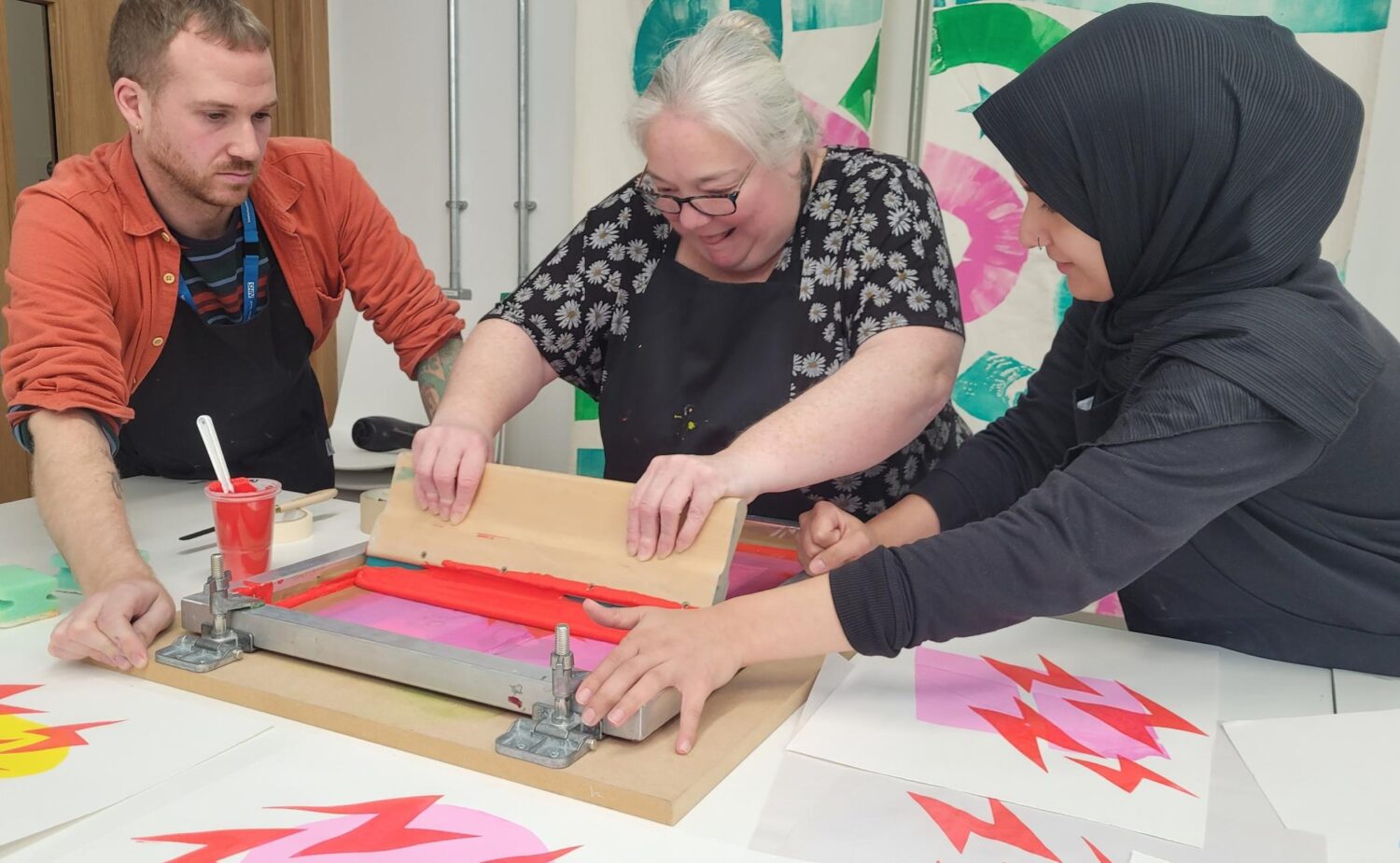
Inaniwa We’ve heard that in Greater Manchester, even before the Creative Health strategy officially began in 2022, cultural activities were promoted as part of the “Age-Friendly” policy, aimed at making the area a place where the older population could be more physically, mentally and socially active and that this was one of the building blocks of the current Creative Health policy for all generations. Meanwhile, this is still something new for us in Japan; could you explain how this development came about?
McCarthy In Greater Manchester, the role of culture in people’s health and well-being had been long recognized. However, it hadn’t been formalized to a level of a strategy or local government policy. I think the impetus was when in 2017, the UK’s All-Party Parliamentary Group on Arts, Health and Wellbeing (APPG) published a research report on health and well-being titled ‘Creative Health: The Arts for Health and Wellbeing.’ This report, by presenting scientific evidence, was the turning point, as it provided public recognition and backing for individual practices that were already happening in different parts of the country.
Link: https://ncch.org.uk/uploads/Creative_Health_The_Short_Report.pdf
There’s still no national government policy, but what we do have is a network of creative health advocates working in local government and health across the country, and they are supported by sector support organisations including the National Centre for Creative Health. In Greater Manchester, we were able to produce the first Creative Health Strategy through a co-production process with many local experts and passionate individuals who recognized the power of culture to change lives.
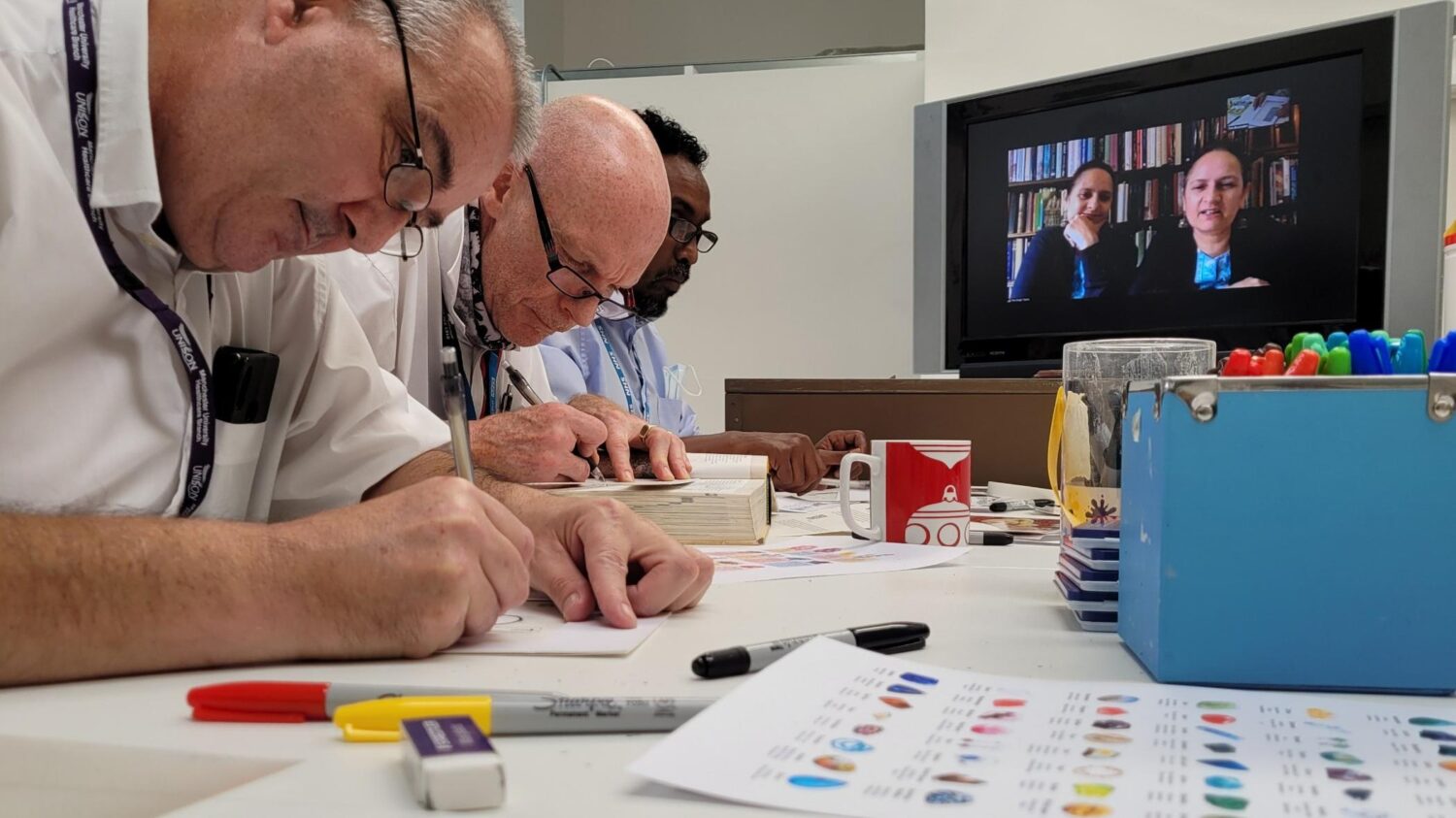
Inaniwa So the report was widely read and spread nationwide. What were the success factors that allowed a parliamentary group’s report to create such a significant societal impact?
McCarthy There are three main factors.First, Creative Health aligns very well with the Live Well strategy. It’s very difficult for something like Creative Health, which works across many different sectors and addresses various priorities, to be seen as a priority by itself. However, demonstrating how this is something that delivers on other priorities like Live Well, or Ageing Well (a programme for healthy aging), was crucial.
Second, it is resources. Creative Health enables us to lever in resources that wouldn’t otherwise be available to local government and health. In England there are many difficulties with capacity in the health workforce, with a shortage of people and a high degree of stress and sickness in certain parts of the health service. If we can deliver creative health programmes by drawing on the expertise and capacity of the creative sector and voluntary sector, we can broaden the available workforce and deliver health benefits. We are also able to lever in additional investment from funders like the Arts Council England (a public body that funds and supports arts and cultural activities) which, of course, is very attractive to the health system.
Third, in the UK, Creative Health has historically been driven by passionate individuals, but we have organised ourselves at the national level as a network. Representatives work together to find and share solutions to problems. This enables us to draw on each other.
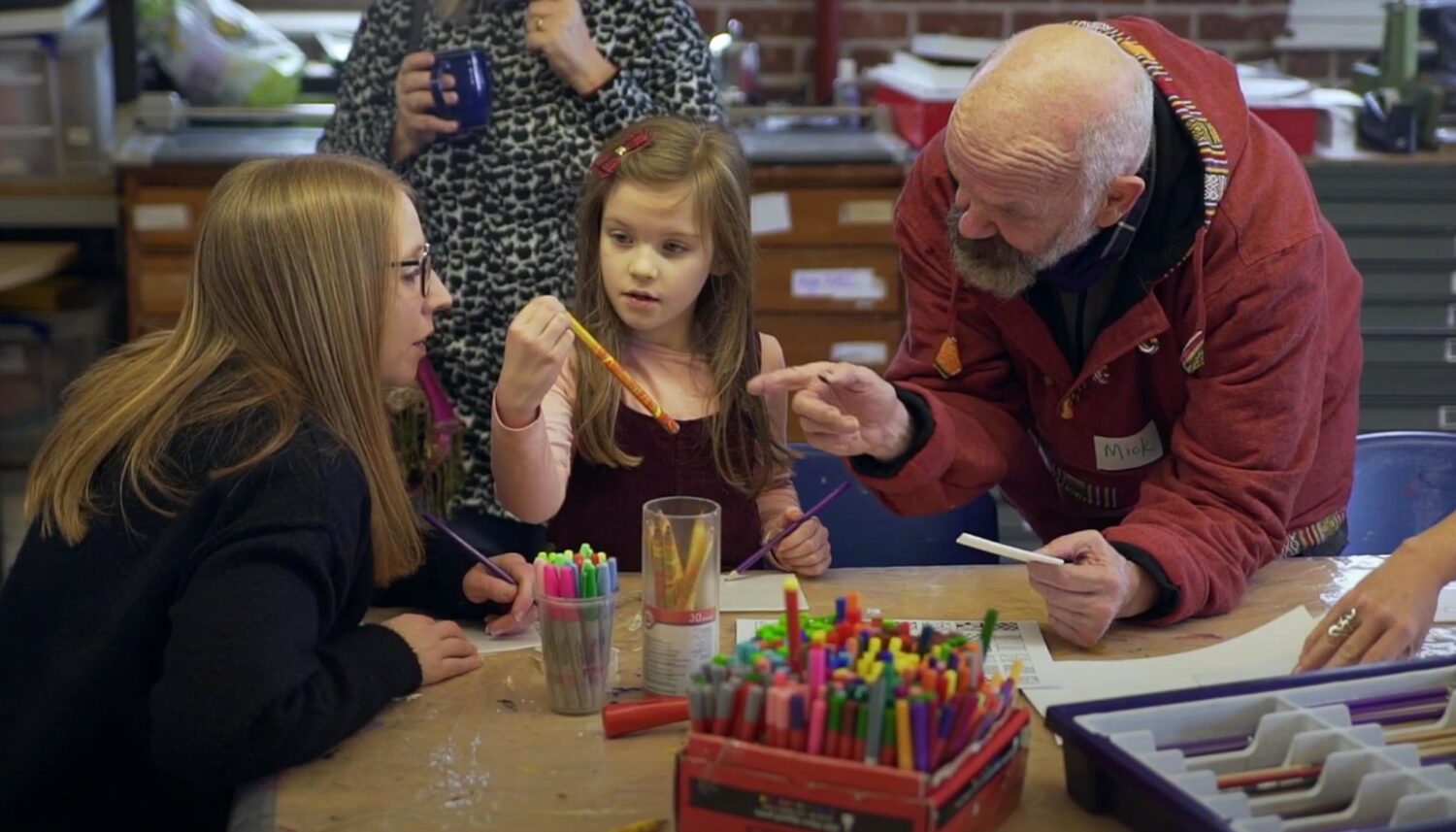
Inaniwa Julie, it seems your role involves understanding the situation on the ground in detail while also reflecting that in policy. Such a role is incredibly valuable, but I imagine it also comes with its difficulties.
McCarthy You’re absolutely right. In that sense, I often feel like I’m fighting a lone battle in my daily work (laughs). There are few people engaged in this kind of activity in the UK, and it’s not a mainstream policy area… That’s precisely why we form networks and support each other at a national level.
Moreover, having a national network is extremely important for drawing the attention of political leaders to such policies. Of course, it’s tough as they have many other priorities. However, amidst economic difficulties and various challenges, I believe it’s in such times that innovation and new approaches can potentially advance. This situation in the UK might be similar to what is happening in Japan.
Inaniwa Listening to you, Julie, I can really see how small streams of passionate activity in various places culminated in policy. Currently, Japan is at the stage of taking the very first steps and fostering a nationwide momentum for co-creation. There are people across Japan who want to engage in activities like Creative Health, but it hasn’t yet become a large-scale movement.
Real Changes Brought by the Report
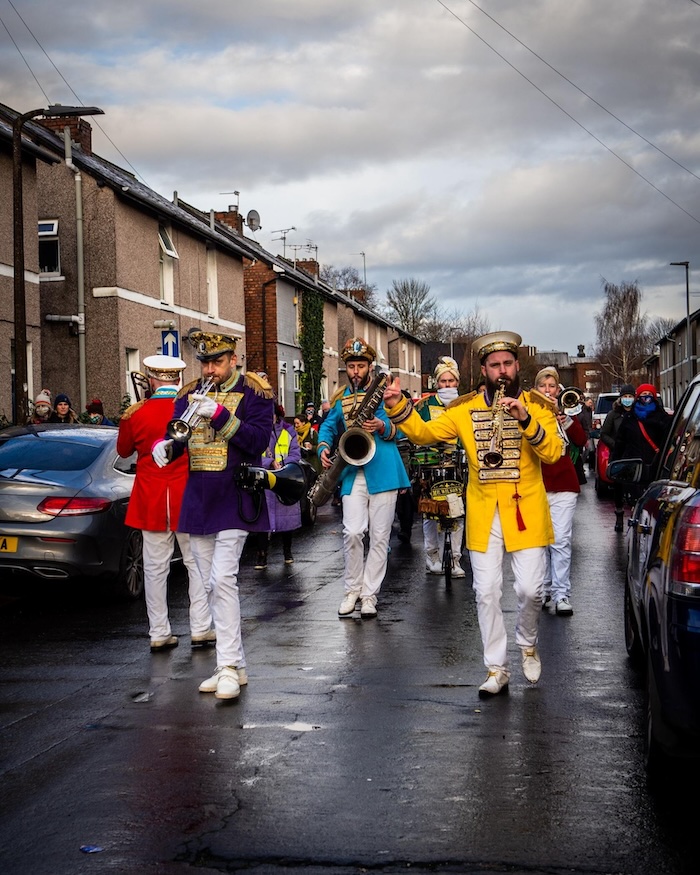
Inaniwa You mentioned that the APPG’s Creative Health research report was a catalyst. Did this lead to concrete actions such as increased awareness of this field, more active engagement, organizational development, budget allocation, and the creation of specialized professional posts?
McCarthy Yes, indeed. The role of the APPG report was, I believe, to provide political legitimacy to the grassroots activities that had existed in various places. By presenting evidence, this report paved the way for these activities to be officially recognized and adopted as formal strategies and policies by local authorities. In other words, it served as a bridge for individual practices to be acknowledged as official policy.
Inaniwa So, following that trend, Greater Manchester took a pioneering approach to this in the UK. Yours was the first combined authority to adopt such a strategy. Do you feel that activities in
McCarthy It’s true that Greater Manchester’s initiative was the first of its kind for a combined authority. It’s no longer the only one; other combined authorities in the UK are increasingly de developing their own strategies. The scale of investment is also growing significantly, so much so that it makes me a bit envious when I compare it to the limited budget I started with (laughs).
While I wouldn’t say that Greater Manchester is the only place with excellent creative health initiatives , it is a fact that it was the “first local authority to tackle it as a policy.” However, this “first” status, I believe, is built upon the various organizational and grassroots activities that have traditionally existed in Greater Manchester.


